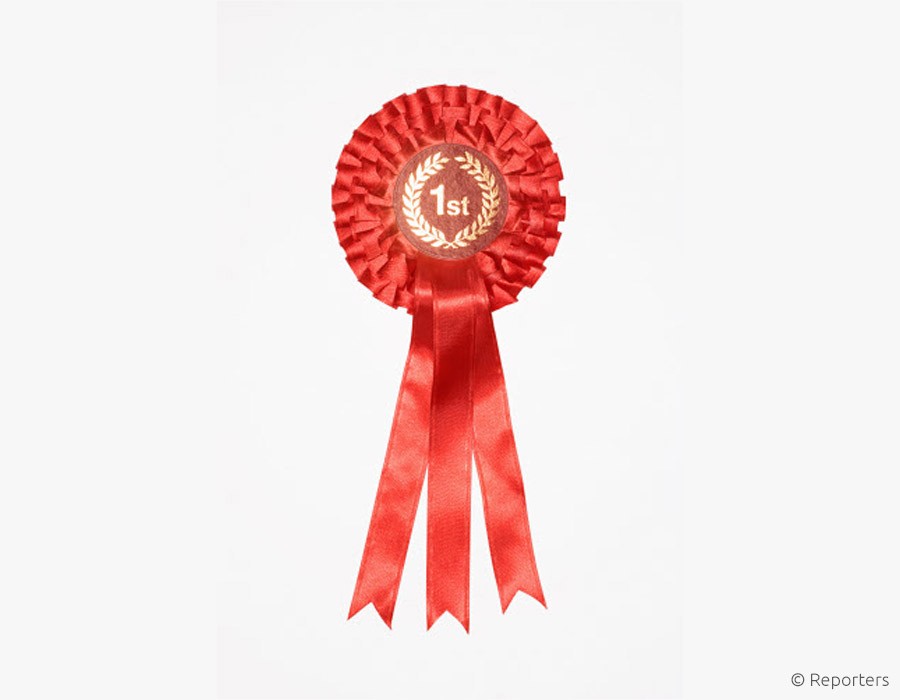5 Mistakes ETF investors make
Post on: 28 Март, 2015 No Comment

Investors looking at the exchange-traded fund space and the many investment solutions and alternatives provided often ask how to make the best use of them and what to avoid doing.
There arent simple answers, but the key is not to get bogged down and overwhelmed, otherwise inertia will take hold.
For much of the noise accompanying ETFs rise to the fore of investment solutions and products, they remain — for the most part — an elegant delivery mechanism.
Here are a few examples that touch on several asset classes:
Extend the geographic reach of your portfolio? Check.
Whether its exposure to the S&P 500, broader U.S. market, small caps or emerging markets, its available and in different flavours, including with currency risk mostly eliminated with Canadian dollar hedging (which, by the way, is often thrown in for mostly free).
Think Europe could be a good catch-up play? Check.
Long absent from the menu as a more specifically targeted solution, ETFs covering Europe are now available, with alternatives including investable market (a.k.a. pretty much everything), low risk (aimed at providing a smoother ride), high quality (focused on companies with solid balance sheets, earnings stability, etc.) and, finally, dividends.
Looking for another yield area beyond close to nil-yield bonds? Check.
ETFs play an important access democratization role for investors venturing into possibly less liquid and perhaps more difficult to access areas of the market. Preferred shares provide institutionally priced access, diversification and exposure of varying risk levels (particularly in interest risk terms). Removing or significantly reducing issuer specific risk could also amount to doing yourself a big favour down the line.
Still want bonds but broader diversity, whether investment grade or higher? Check.
There can be benefits in diversifying bond exposure beyond our borders with the caveat, generally speaking, that the currency risk be hedged. That exposure, through the Vanguard Global ex-U.S. Aggregate Bond Index ETF (CAD-hedged) — while not available right this second — is on its way as regulatory filings have been made.
In the meantime, do not focus on cash-on-cash yields since that means higher taxes on income received. Some ETFs focus on reducing or removing that negative effect, but otherwise focus your attention on costs and risks (both interest rates and credit) and match them to your risk tolerance.
Regardless of what you are looking for, there are some common mistakes investors make. Here are five of them.
Dont miss the forest for the trees.
ETFs are not just about costs. That doesnt mean lowering your aggregate costs of investing shouldnt be pursued. Recent meaningful management fee reduction initiatives by several providers have made access to core portfolio exposure even more compelling.
Dont get bogged down in the minutiae.
Want to significantly lower the aggregate cost of your equity exposure? Decide where broad passive exposure makes sense as a component and implement. Simply put, if your current access to that exposure costs, say, 2% and you pick a product that costs 0.2% to replace half of the 2% exposure — voilà — your weighted cost is now 1.1%.
Dont ignore innovation.
Dont assume ETFs only allow you to deal with just broad exposure and passive indexing. From varying indexing methodologies to sectors, factors and themes, many ETFs allow access to areas previously reserved to the active, alpha-seeking crowd. But you should always expect to see the benefit of lower costs, transparency and clearly articulated methodologies. If you cant, you may not want to bother.
Dont assume its the right ETF because some exposure or access is provided.
I cringe when reading how collateral debt obligation-type products may in future allow retirees to effectively gamble for the sake of some boost in yield in exchange for the extra risk, which, as the debt products that fuelled the 2008/2009 crisis demonstrated, arent always trivial, unless you consider losing your entire capital trivial.
It may be offered, but you may be the absolutely wrong user or investor for the product. Recognize that quickly and leave it to those who have the right risk tolerance.
Dont pre-judge.
Spend time checking the investment solution angle, quality of the delivery vehicle and any related engineering (in terms of factor screens, for example) brought to the table. If you dont want to do that, or dont think the cost is worth it, dont bother buying that ETF.
Chances are, the status quo for most investors hides a wealth of opportunities to do better in terms of cost, risk and/or diversification, all of which ETFs can help achieve.
Yves Rebetez is managing editor of ETFinsight.














